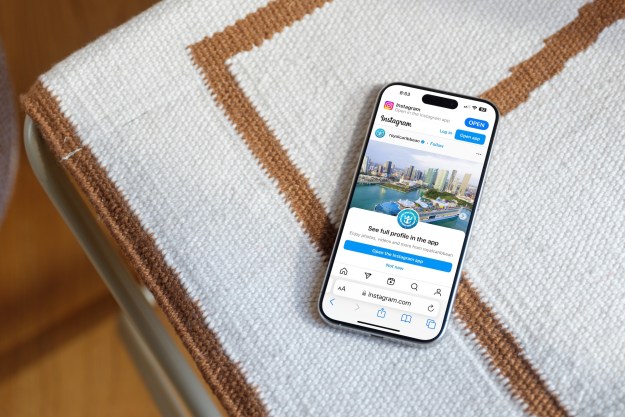
Ever seen anybody misuse their mobile device? Perhaps talk or text while driving? Plow through passersby or stroll out into traffic while absorbed in an epic game of Words with Friends? Or maybe you know someone who can’t make it through a meal, a movie, or a date without checking their social network status a dozen times?
If so, you’re not alone. A new survey conducted by Ipsos on behalf of chipmaking giant Intel looked into “mobile etiquette” in the United States and found respondents resoundingly agree things are getting worse. Some 91 percent of U.S. adults surveyed said they’ve seen people mis-use mobile technology, and 75 percent said mobile manners are worse now than they were in 2009.
“New digital technologies are becoming a mainstay in consumers’ lives, but we haven’t yet worked out for ourselves, our families, communities, and societies what all the right kinds of behaviors and expectations will be,” said Intel Fellow Genevieve Bell, in a statement. “Our appropriate digital technology behaviors are still embryonic, and it’s important for Intel and the entire industry to maintain a dialogue about the way people use technology and our personal relationships with technology as they continue to help shape societal and cultural norms.”
The vision of mobile technology is to enhance communication and make people more productive in their lives, but, according to the survey, some 92 percent of respondents wished people practiced “better etiquette” using their mobile devices in public areas. However, only one in five adults surveyed would actually admit to poor public conduct with their phone.
Respondents’ top mobile etiquette grips were using mobile devices while driving (73 percent) and using a mobile device loudly in a public place (65 percent). Another 28 percent cited using a mobile device while walking down the street.
Along with the survey results, etiquette expert Anna Post of the Emily Post Institute offered users some helpful tips on using mobile devices appropriately. “We can all be more cognizant of how we use our mobile technology and how our usage may impact others around us—at home, in the office, and whenever we are in public.” On her list: Don’t use a mobile device while using a restroom.
Editors' Recommendations
- Out of all the Galaxy S24 pre-order deals, I’d choose these three
- T-Mobile’s 5G Ultra Capacity network has four times the coverage of Verizon and AT&T
- Hurry! Best Buy has a prepaid three-month Mint Mobile SIM with 8GB LTE for $30
- Tapped out? Edit faster with 5 gesture shortcuts in Lightroom CC on mobile


